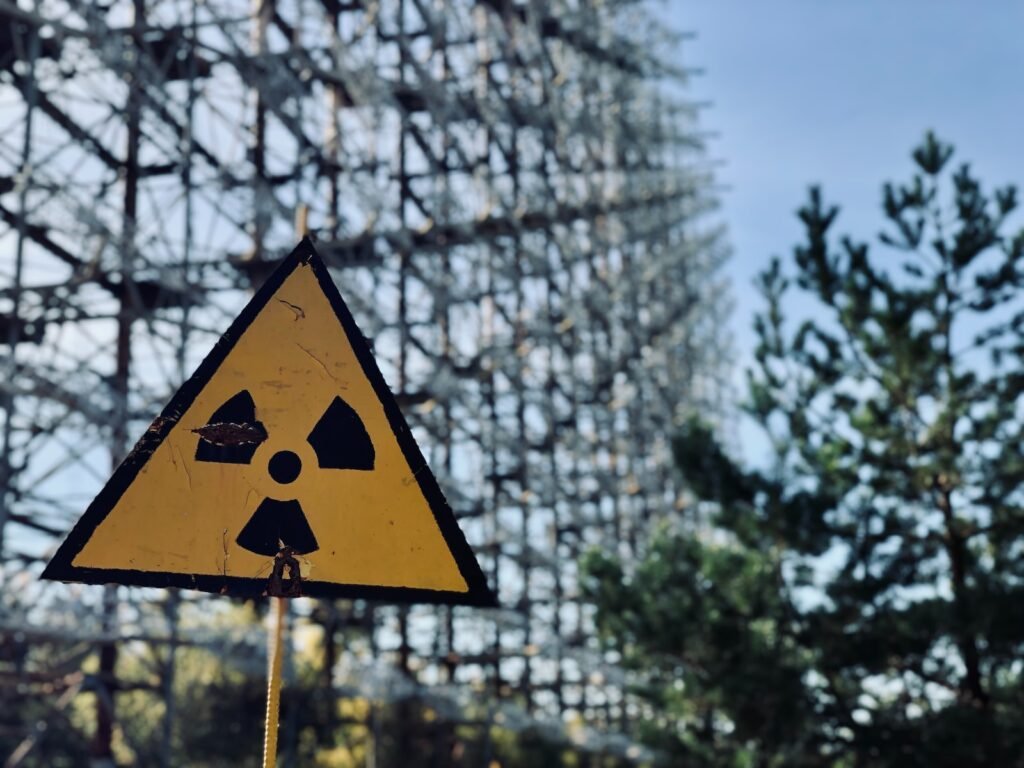Introduction to Radiation Detectors
Radiation detectors are crucial instruments used to measure and detect the presence of ionizing radiation. Whether it is in the medical field, nuclear power plants, or environmental monitoring, these devices play a vital role in ensuring safety and preventing harmful exposure. By understanding the mechanics behind these detectors, we gain insights into how they function and contribute to radiation detection.
Understanding Ionizing Radiation
Ionizing radiation is a type of radiation that possesses enough energy to remove tightly bound electrons from atoms, resulting in the creation of ion pairs. This radiation can originate from various sources, including natural elements, medical procedures, and nuclear power plants. It is important to note that exposure to high levels of ionizing radiation can have harmful effects on living organisms, making accurate detection and measurement essential.
Types of Radiation Detectors
Radiation detectors come in various forms, each designed to detect and measure different types of ionizing radiation. The most commonly used detectors include gas-filled detectors, scintillation detectors, solid-state detectors, proportional counters, Geiger-Muller counters, semiconductor detectors, photodiodes, and dosimeters. Each detector has its own unique mechanisms for radiation detection, making them suitable for different applications.
Gas-Filled Detectors: Working Principles
Gas-filled detectors, as the name suggests, use gaseous substances to detect ionizing radiation. These detectors typically contain a chamber filled with a specific gas, such as helium, argon, or xenon. When ionizing radiation interacts with the gas atoms, it causes ionization within the chamber, resulting in the production of electrical signals. These signals can then be measured and used to determine the radiation intensity and type.
Scintillation Detectors: How They Function
Scintillation detectors operate based on the principle of scintillation, which refers to the emission of light photons when certain materials are exposed to ionizing radiation. These detectors consist of a scintillating material, such as sodium iodide or cesium iodide, that emits light when ionizing radiation interacts with it. Photomultiplier tubes or photodiodes are used to detect and amplify these emitted photons, providing a measurable signal.
Solid-State Detectors: Mechanics Revealed
Solid-state detectors utilize semiconducting materials, such as silicon or germanium, to detect ionizing radiation. These detectors work by creating an electric field within the semiconductor material. When ionizing radiation interacts with the material, it generates electron-hole pairs, which in turn produce an electric current that can be measured. Solid-state detectors offer high sensitivity and are commonly used in medical imaging and research applications.
Proportional Counters: Operation and Use
Proportional counters are gas-filled detectors that operate based on the principle of gas amplification. These detectors consist of a central wire or electrode surrounded by a gas-filled chamber. When ionizing radiation enters the chamber, it ionizes the gas atoms, creating electron-ion pairs. The electric field applied to the chamber causes these ion pairs to drift towards the central wire, creating an amplification effect. This amplified signal can then be measured and used to determine the radiation intensity.
Geiger-Muller Counters: Detecting Radiation
Geiger-Muller counters, also known as GM counters, are widely used for detecting and measuring ionizing radiation. These detectors operate by utilizing the ionization produced by the radiation to create an electrical pulse. GM counters consist of a gas-filled tube with a thin wire electrode in the center. When ionizing radiation enters the tube, it ionizes the gas, causing an electrical discharge that can be easily detected and counted. These detectors are commonly used in radiation monitoring and surveying applications.
Semiconductor Detectors: Working Mechanisms
Semiconductor detectors, such as silicon diodes, utilize the properties of semiconducting materials to detect ionizing radiation. When ionizing radiation interacts with the semiconductor material, it generates electron-hole pairs, resulting in a measurable current. The magnitude of this current is proportional to the radiation intensity, allowing for accurate measurement. Semiconductor detectors offer high sensitivity, fast response times, and are commonly used in medical imaging and radiation therapy.
Photodiodes: Utilizing Light for Detection
Photodiodes are detectors that rely on the absorption of photons to detect radiation. These detectors are typically made of semiconducting materials such as silicon or gallium arsenide. When photons from ionizing radiation are absorbed by the photodiode, they generate electron-hole pairs, producing an electrical current that can be measured. Photodiodes are highly sensitive to light and are commonly used in applications such as radiation detection in nuclear medicine.
Dosimeters: Measuring Radiation Exposure
Dosimeters are devices used to measure and record an individual’s radiation exposure over a period of time. These devices come in various forms, including film badges, thermoluminescent dosimeters (TLDs), and electronic personal dosimeters (EPDs). Dosimeters typically contain detectors, such as radiation-sensitive films or crystals, that record the radiation dose received. They provide valuable information for monitoring radiation exposure in occupations where individuals are regularly exposed to ionizing radiation.
Future Trends in Radiation Detection
As technology continues to advance, so do radiation detection methods. Future trends in radiation detection aim to improve sensitivity, accuracy, and portability. Researchers are exploring the use of nanotechnology, such as carbon nanotubes and graphene, to enhance the performance of detectors. Additionally, advancements in data analysis and artificial intelligence are being integrated into radiation detection systems, allowing for real-time monitoring and analysis. These developments will contribute to the continued improvement of radiation detection and ensure the safety of individuals in various industries.
Radiation detectors play a critical role in monitoring and detecting ionizing radiation. By understanding their mechanics and functioning, we can appreciate the complexity and importance of these devices in various fields. From gas-filled detectors to dosimeters, each type of detector serves a specific purpose in measuring and recording radiation exposure. As technology continues to evolve, future trends in radiation detection promise advancements that will enhance sensitivity, accuracy, and portability. Ensuring the continued development of radiation detection is essential for the safety and well-being of individuals in environments where ionizing radiation is present.

